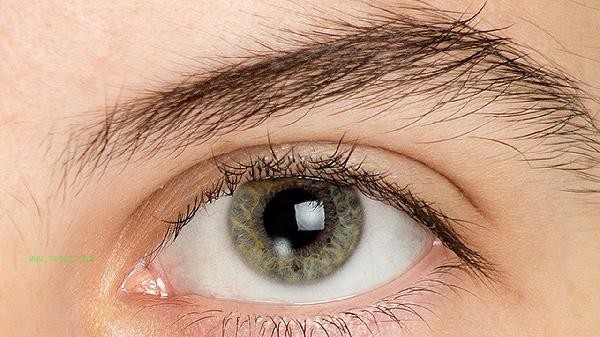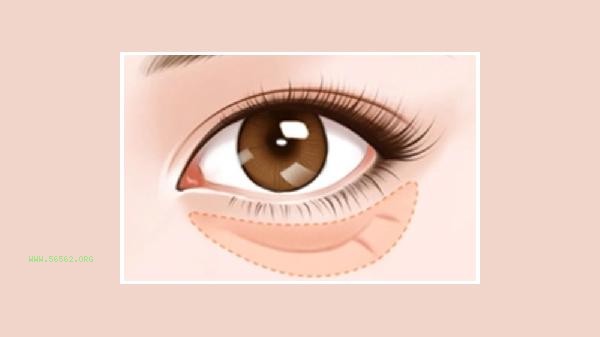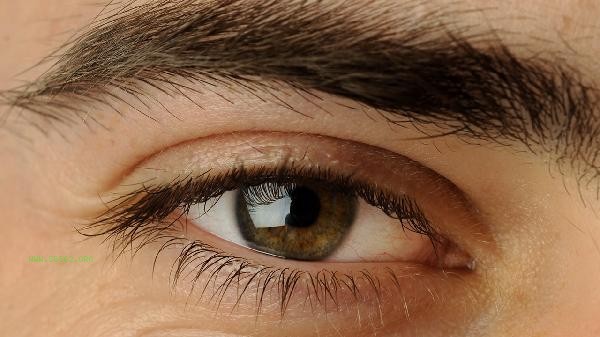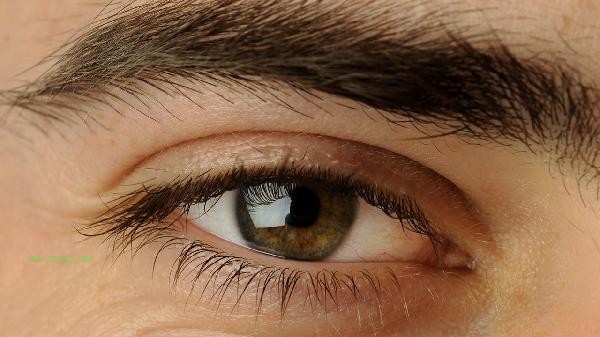Adapalene and tretinoin are commonly used drugs for treating acne, but there are differences in their composition, mechanism of action, and applicable population. Adapalene belongs to the third generation of retinoid drugs, mainly composed of adapalene, which has anti-inflammatory and keratinizing regulating effects; Retinoic acid is the first generation of retinoic acid drugs, mainly composed of all trans retinoic acid, which improves acne by promoting keratinocyte renewal. The two differ in terms of irritability, applicable acne types, and usage precautions.
1. Composition Differences
Adapalene is an artificially synthesized derivative of naphthoic acid, belonging to the third generation of retinoic acid analogues, with a more stable chemical structure and lower sensitivity to light. Retinoic acid, also known as all trans retinoic acid, is a natural derivative of vitamin A that is sensitive to ultraviolet radiation and easily decomposed. Adapalene works by selectively binding to retinoic acid receptors, while retinoic acid directly binds to all retinoic acid receptors, resulting in a wider range of effects but stronger stimulation.
2. Mechanism of action
Adapalene mainly improves acne by inhibiting the release of inflammatory factors and abnormal keratinization, with significant anti-inflammatory effects, making it suitable for inflammatory acne. Retinoic acid works by promoting epidermal cell renewal and normal shedding of hair follicle keratin, with a more significant effect on non inflammatory closed comedones. Adapalene has little effect on sebaceous gland secretion, while retinoic acid may slightly inhibit sebum secretion.
3. Stimulus Comparison
Adapalene has lower irritability than retinoic acid, with a lower probability of adverse reactions such as erythema and desquamation. It is suitable for people with sensitive skin or those who are using retinoic acid products for the first time. Retinoic acid may cause significant dryness and pain, and tolerance should be established from low concentrations. Both need to be used at night, but tretinoin has stronger photosensitivity and requires strict sun protection during the day.
4. Suitable for acne types
Adapalene is more suitable for inflammatory acne mainly characterized by red papules and pustules, and also has an improving effect on mixed acne. Retinoic acid has a better effect on non inflammatory whiteheads and blackheads, and can also be used for pigmentation after acne. Moderate to severe acne often requires combined treatment with antibiotics.
5. Precautions for use
Both should be avoided from the mucous membrane around the eyes and should not be used by pregnant women. Adapalene is recommended to be applied thinly after cleansing every night, avoiding simultaneous use with benzoyl peroxide. During the initial use of tretinoin, there may be a "burst period", which requires the use of moisturizing products to alleviate irritation. During use, sun protection should be strengthened to avoid overlapping with other exfoliating products to prevent damage to the barrier. Both adapalene and tretinoin should be used in a standardized manner under the guidance of a doctor. During the treatment of acne, a low sugar and low-fat diet should be maintained to avoid staying up late and excessive cleaning. Combining mild amino acid cleansing and oil-free moisturizing products in daily life can help reduce drug irritation. It is recommended to take zinc supplements or vitamin B supplements orally to assist in oil control. If there is severe peeling or persistent redness and swelling, timely follow-up is needed to adjust the medication plan.








Comments (0)
Leave a Comment
No comments yet
Be the first to share your thoughts!